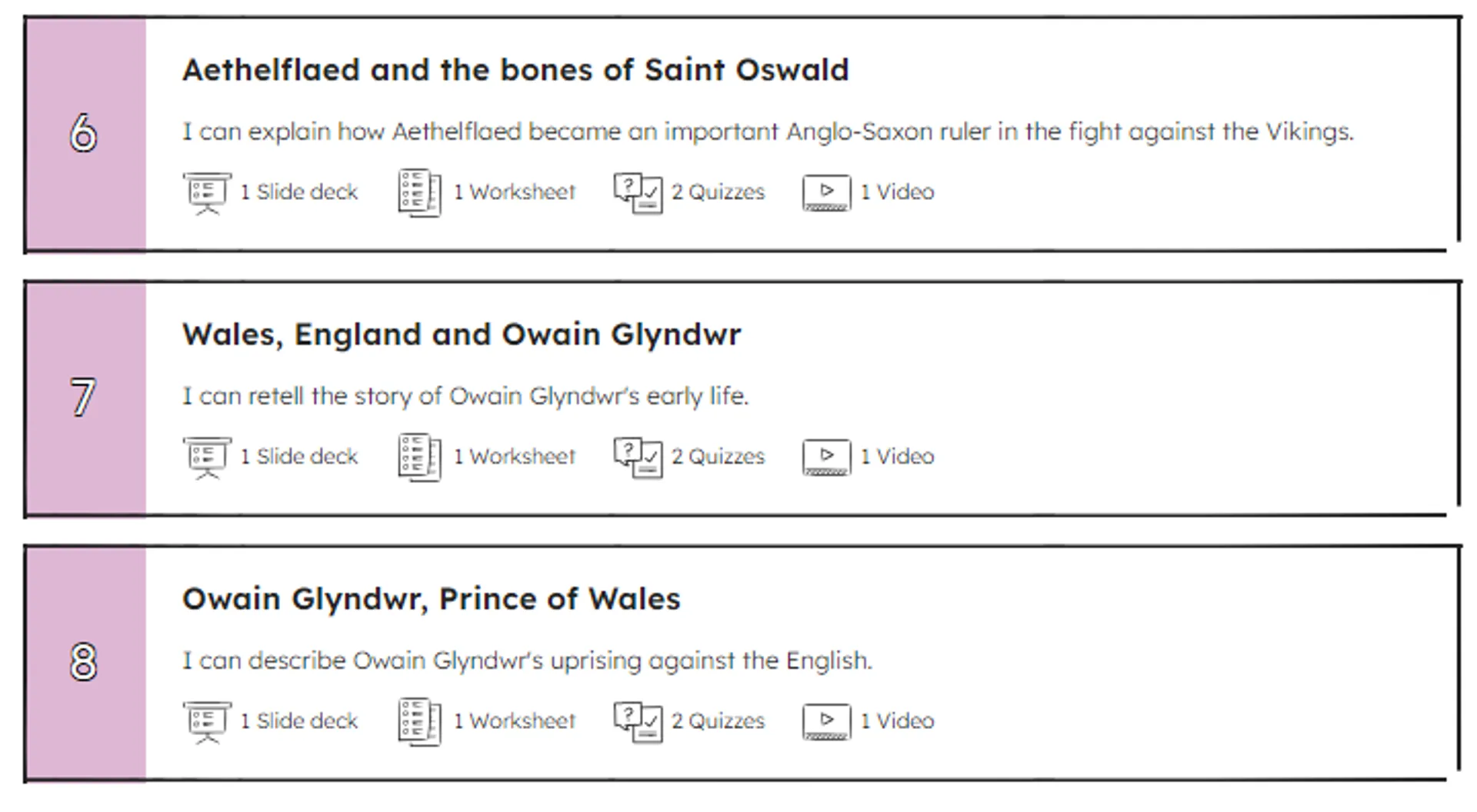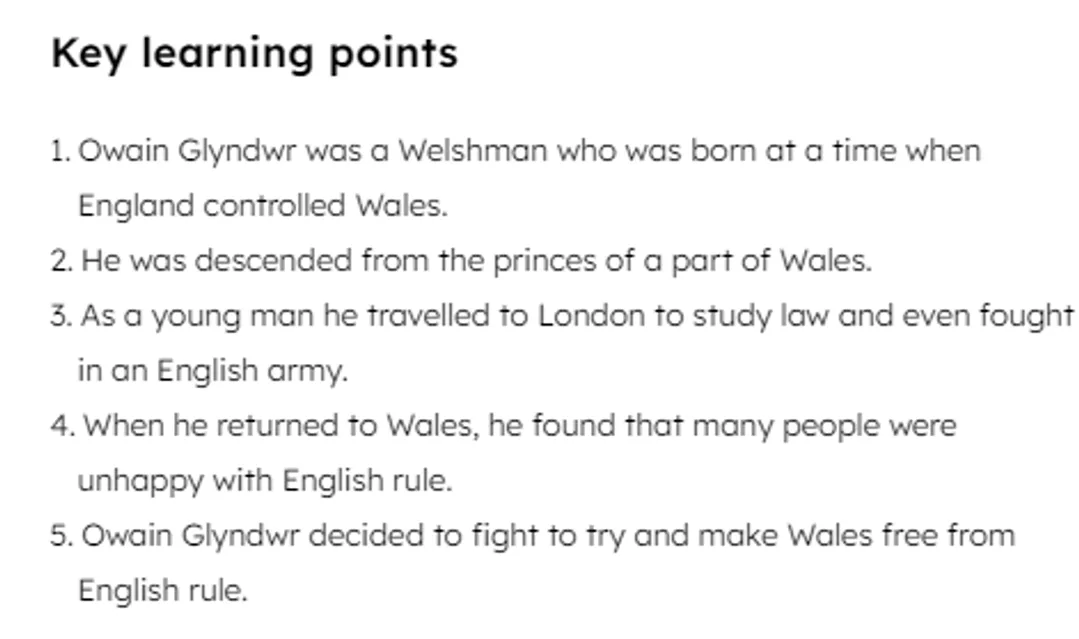
Categories
Lesson planning
29 May 2024What are learning objectives?

Melanie McGhee
School Support Officer
In teaching, we’re sometimes guilty of using interchangeable terms that mean the same thing. An example of this are the terms lesson objective, lesson outcome, learning objective and learning outcome - which essentially mean the same thing.
If we aren’t clear on the terminology, it can make planning a lesson tricky. In this article, we share clear definitions of learning objectives (or learning outcomes) and how to effectively use them when lesson planning.
What is a learning objective?
A learning objective is a statement of the knowledge and/or skills that you want your pupils to know and be able to do by the end of the lesson.
Although there can be several learning objectives (or learning outcomes) per lesson, it is best practice to have one clear learning objective as this helps you prioritise what you teach and sequence the learning.
When creating your learning objective, you should know how each lesson links to the wider curriculum. Your objective should be flexible enough to allow for effective scaffolding without increasing your workload and placing a ceiling on pupils’ learning.
Here is an example of a learning objective:
I can explain how social life for the poor changed in Elizabethan England.
What is the difference between a learning objective and a learning outcome?
Your school may use the terms learning objective or learning outcome (and sometimes shorten these to LOs). Consistency is key when lesson planning, so check your school’s preferred term for consistency across your teaching resources.
We use the term ‘learning outcomes'. We’ve created bundles of teaching resources built around learning outcomes that are aligned with the national curriculum. You can use these to plan individual lessons or a series of lessons sequenced in a unit of study.
Why are learning objectives important?
Knowing the why behind your learning objective is a must.
Learning outcomes help to:
- Provide a clear, focussed starting point when planning a lesson
- Keep the learning on track
- Save you time when planning a lesson
- Help you measure the success of the learning
- Ensure your pupils get a broad and balanced curriculum offer
How learning objectives fit into your curriculum
When exploring how to plan a lesson effectively, choosing learning outcomes that build towards the targeted knowledge and skills is one of the first steps. Every subject in your school’s curriculum is segmented into units of study. Each unit of study is then broken into singular lessons, each with a learning outcome to build the bigger picture.
Learning outcomes: how to use them in practice
You may find it useful to see terminology like learning objectives (or outcomes) used in real-life examples, as these can help you apply it to your own teaching. Let’s look at how learning outcomes are used in one of our key stage 1 history units: Traditional stories: what do they tell us about the distant past?
We’ve created teaching resources that could be used to plan up to 8 lessons on this topic. Each bundle of resources has been designed around its own learning outcome, which could be used to plan a series of lessons that build together to answer the larger unit question of ‘What do traditional stories tell us about the distant past?'
For example, in lesson 7, the learning outcome is: I can retell the story of Owain Glyndwr's early life.
Alongside the teaching resources and learning outcome, we provide guidance on some key learning points that focus on the knowledge and skills intended to help you quickly get to grips with the resources. We also include tips from the teachers who made the resources.
You might also be interested in:
- How to plan a lesson
- How long does it take to plan a lesson?
- Lesson objective examples
- Tips to help you plan a lesson
Sign up for email updates
Sign up below to be kept updated on our latest curriculum developments and other helpful content by email. Unsubscribe at any time. Read our privacy policy.



